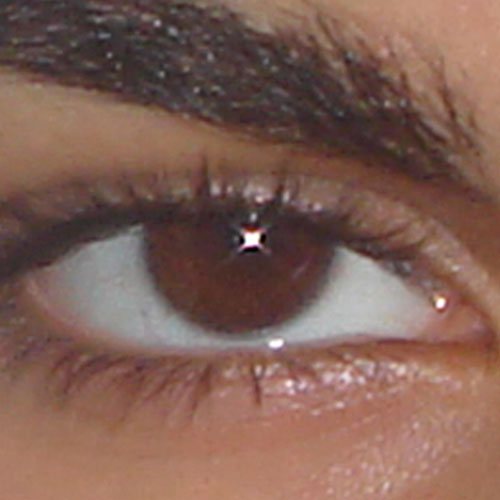
| Title | Content | Introduction | Background | Potential Benefits | Legal Ethical Social Issues | Security | Conclusion | References |

Background
Iris image identification systems are being studied at a fast pace for use in the airline industry. This is not the only industry that can benefit, as other users of pin cards and passwords can also apply this technology. Iris image identification however links the image technology software to systems that house large amounts of data on the general population so identification can be made and validated. A Cambridge University professor, John Daugman, began to develop iris identification software using math/algorithms in 1991. Daugman's patented software and algorithms used a “circular grid as a guide to select data from the iris image” (Webb, 1997). The algorithm is run, “selecting data points on the circular pattern at various angles..from the illuminating light source” (Webb, 1997). The optical fingerprint with a unique, detailed pattern, is then analyzed by algorithms and mathematical formulas; then each bit is given an abstract 256 byte digital code to store it as bar code (U.S. Patent Office, 2001). The software does a match search to millions of records to identify the person. Eye tracking technology currently “uses infrared light and cameras” (University of Wisconsin, 2013). Iris scans are then matched against law enforcement databases, intelligence terrorist databases, and criminal warrant databases. Daugman further stated that “other systems first ask for a name and then this name is used in the system to help identify a person, whereas with this new technology the system tells you your name and identifies you, just by your eyes” (Essick, 1998). Future development of iris recognition systems will now be linked into massive database systems of intelligence that allow prescreening and identification within seconds at airports. This new innovative technology has components that involve a camera that is sensitive to movement, a scanned image, mathematical formulas, algorithms, programming, links to search engines of thousands of data, and interpretation programs that are matched to produce a result. The result also has to be timely, quick and accurate.